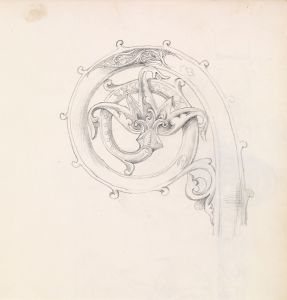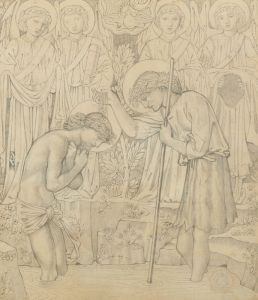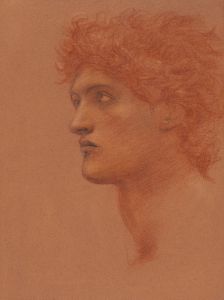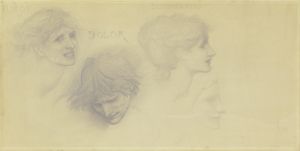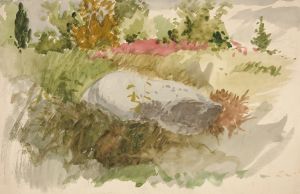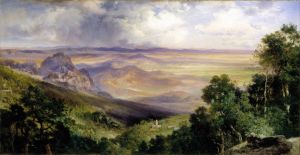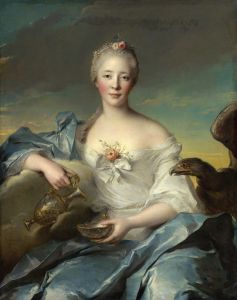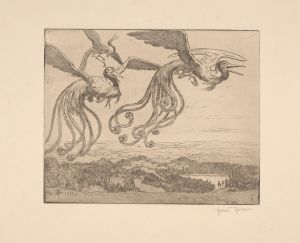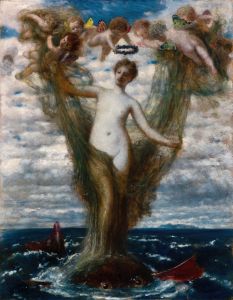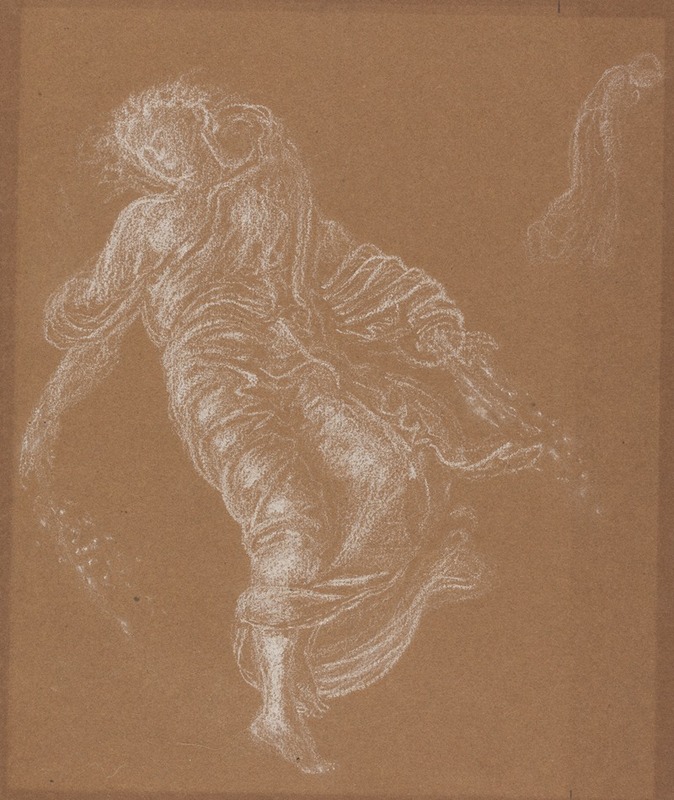
Flora
A hand-painted replica of Sir Edward Coley Burne-Jones’s masterpiece Flora, meticulously crafted by professional artists to capture the true essence of the original. Each piece is created with museum-quality canvas and rare mineral pigments, carefully painted by experienced artists with delicate brushstrokes and rich, layered colors to perfectly recreate the texture of the original artwork. Unlike machine-printed reproductions, this hand-painted version brings the painting to life, infused with the artist’s emotions and skill in every stroke. Whether for personal collection or home decoration, it instantly elevates the artistic atmosphere of any space.
Sir Edward Coley Burne-Jones was a prominent British artist associated with the later phase of the Pre-Raphaelite movement. His work is known for its romantic and medieval themes, often featuring mythological and literary subjects. One of his notable paintings is "Flora," which exemplifies his distinctive style and thematic interests.
"Flora" was painted in 1894 and is a representation of the Roman goddess of flowers and the season of spring. Burne-Jones's depiction of Flora is consistent with his fascination with beauty, mythology, and the idealized human form. The painting captures the serene and ethereal quality that is characteristic of his work, with a focus on intricate detail and harmonious composition.
In "Flora," Burne-Jones portrays the goddess as a graceful and elegant figure, adorned with flowers that symbolize her connection to nature and the renewal of life. The painting is noted for its delicate use of color and the artist's attention to the textures of the fabrics and flowers. The soft, muted palette enhances the dreamlike quality of the scene, inviting viewers into a world of myth and imagination.
The figure of Flora is central to the composition, and her pose and expression convey a sense of calm and introspection. Burne-Jones's skillful rendering of the human form is evident in the graceful lines and subtle shading that define Flora's features. The background of the painting is typically understated, allowing the figure to stand out and emphasizing the artist's focus on the subject.
Burne-Jones was influenced by the Italian Renaissance, and this influence is apparent in "Flora" through the painting's classical composition and the idealized beauty of the figure. The artist's interest in medieval and classical themes is reflected in the choice of subject matter, as Flora is a figure rooted in ancient mythology.
"Flora" is part of a broader body of work by Burne-Jones that explores themes of beauty, mythology, and the human experience. His paintings often evoke a sense of nostalgia for a bygone era, combining elements of fantasy with a meticulous attention to detail. This approach has made his work enduringly popular and influential in the history of British art.
The painting is housed in a private collection, and its presence in exhibitions has allowed it to be appreciated by a wider audience. Burne-Jones's "Flora" continues to be celebrated for its artistic merit and its contribution to the legacy of the Pre-Raphaelite movement. Through this work, Burne-Jones invites viewers to contemplate the timeless beauty of myth and the natural world, capturing the imagination with his masterful technique and visionary style.







